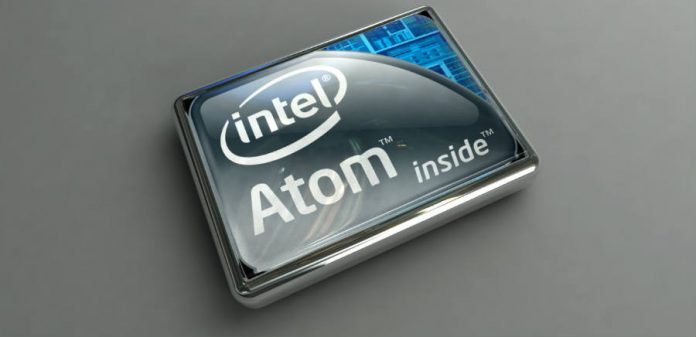
Intel Corporation announced its latest family of processors, the Atom E3900 series (Apollo Lake) yesterday, at the IoT Solutions world Congress in Barcelona, Spain. The company will introduce these new processors into various industrial devices and wearables.
The new series presents two distinctive chips, the E3900 for a wide array of electronic devices and the specific A3900 for smart cars.
A company released Fact Sheet shows the company is working with various Original Equipment Manufacturers (OEMs) to bring these processors to most branches of the Internet of Things (or IoT).
The ‘Internet of Things’ is a concept first introduced by British tech entrepreneur Kevin Ashton in 1999. It refers to the ever-growing linking of devices like home appliances, industrial machines, and vehicles to the Internet.
How do these new processors relate to the Internet of Things?
Intel states the new family of chips will integrate with electronic devices used in industrial applications like remote management and predictive maintenance. Digital security and surveillance including visual ID analysis, traffic management, and industrial monitoring.
They will also have a place in transportation, starting with inter-vehicle communication and software applications for automobiles, interconnecting more and more aspects of everyday life for all people.
IoT, Intel says, could become a trillion-dollar-market in 2020, producing 44 trillion gigabytes of data, handled by approximately 50 billion devices.
“IoT TECHNOLOGIES HAVE THE POTENTIAL TO DISRUPT ENTIRE INDUSTRIES AND OPEN NEW CYCLES OF GROWTH, AS WELL AS TO TRANSFORM OUR EVERYDAY EXPERIENCES,” wrote Kenneth Caviasca, VP of the IoT group, in a company editorial yesterday.
Atom E3900: specs, features, and applications
The E3900 launched yesterday and features 1.7 times more computing power than the previous generation. The processor’s internal build contains 14-nanometer circuits into a compact flip-chip-ball-grid array (or FCBGA).
Its internal graphics engine delivers 2.9 times better performance than the previous generation, excelling at managing 3D applications and support of multi-frame technology.
Intel’s Times Coordinated Computing (or TCC) technology will help synchronize large networks of peripheral devices, with a latency of less than one microsecond.
The E3900 will process memory speeds of up to 8GB of LPDDR4 RAM, with up to quad-core variants running a top speed of 2.5GHz. It can display Ultra HD 4K video at 60 Hz from up to three simultaneous graphic feeds, capture 13MP pictures, and 1080p 60 fps video.
It can also work within -40°C to 110°C (-40°F to 230°F) range of temperature, making it a reliable chip for extreme working environments, and contains Error Correction Code (ECC) technology that detects and eliminates memory bugs.
The Atom A3900 will boost smart cars
The next generation of Intel’s automotive-dedicated processors will not come out until the first quarter of 2017. The chip will cover the latest user needs regarding navigation systems, in-car entertainment, driver assistant apps, and digital instruments.
The chip will bring enhanced graphics to the smart car industry, along with the TCC technology mentioned above, and top-notch hardware security.
It represents an upgrade for future digital instrument clusters inside automobiles, which include rear-seat screens, electronic gauges, front displays, internal car alerts, and more.
The A3900 will feature the exact specifications, size, and features of the E3900, albeit with a build specifically designed for the cars of the future.
Source: Intel Newsroom










